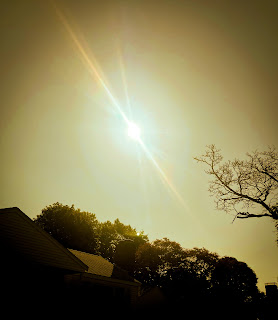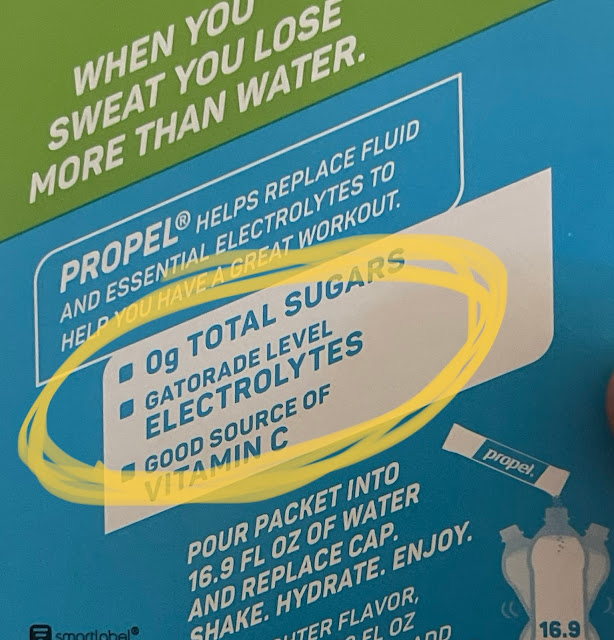The primary way the human body sheds excess heat is through perspiration, via evaporation, and air movement helps this form of convective heat transfer. However, with higher humidity the effectiveness of perspiration is decreased. Because the relative humidity has such an impact, a “heat index” can be calculated to give a better estimate of how the weather will impact you. The news and weather stations will often talk about the heat index much like they talk about “wind chill factors,” because the temperature is only part of the story. A more scientific and complicated number is the Wet Bulb Globe Temperature (WBGT). This is “an indicator of heat related stress on the human body at work (or play) in direct sunlight. It takes into account multiple atmospheric variables, including: temperature, humidity, wind speed, sun angle, and cloud cover.” While WBGT may be more accurate, the heat index is more commonly used.
But what does this mean to you? It means that, sometimes the smart thing to do is to chill out, figuratively and literally.
I know I personally like a “good sweat,” but I do try take a few precautions to help prevent any problems:
- I try drink lots of fluids; I’m not really a water person, but I do try to keep up with the sports drinks and electrolytes.
- I use sunscreen; this habit was beaten into me by my wife (who is much smarter than I am), and this is important because burned skin is less effective at sweating.
- I’ll sometimes change my ride plans to include more shade and/or just an easier loop.
Despite fluids and mellow efforts, “exertional heat illnesses” (EHI) can still occur. Here’s what to look for:
Heat Cramps: While not specifically related to the heat, cramping tends to occur more as the temperature goes up. No one *really* knows what causes cramps but most theories focus on electrolytes and hydration—both of which are affected by exertion in the heat. If you start cramping up on a ride or run, it’s probably going to continue, so it’s probably time to slow down and call it a day. Some people have had success with pickle juice, but I personally would prefer to be crying in a cramping ball of pain than drink that vile liquid.
Heat Exhaustion: Heat cramps will be localized—cramping in the legs for example—but with heat exhaustion, a person will start showing diffuse or systemic symptoms such as generalized weakness, nausea, dizziness, vomiting and/or headache. The important distinction with Heat Exhaustion is that mental function is normal, without confusion or anything else.
Heat Stroke: This is a true emergency, and one myth that still persists is that people are sweaty with heat exhaustion but dry with heat stroke; this is untrue.
Heat stroke includes a core body temperature of more than 104F, but unless you carry a rectal thermometer the things to look for on the trail are confusion, disorientation, irritability, decreased levels of alertness all the way to coma or seizure. There will be serious effects to the organs as well, but nothing that can be diagnosed in the field. If someone is showing signs of heat stroke, call 911 and do whatever can be done to cool the person. Things like ice water immersion or other therapies are unlikely to be available in the woods or on the trails, but do whatever can be done until help arrives.
This chart, courtesy of the CDC provides a good rundown (although, interestingly, still describes Heat Stroke as dry):
You can do a lot to help yourself feel better AFTER a hard day in the heat by continuing to stay well hydrated and focusing on electrolyte replacement. I like the fact that one of the drink mixes I consume has “Gatorade Level” electrolytes, whatever that means. Anyway, we often dream of warmer weather while we endure the cold, dark days of winter, so play it safe so you can keep enjoying our summers.
 |
| From UpToDate |
Please remember, the information presented here, including but not limited to, text, graphics, images and other material contained on this website are for informational purposes only. No material on this site is intended to be a substitute for professional medical advice, diagnosis or treatment.








No comments:
Post a Comment